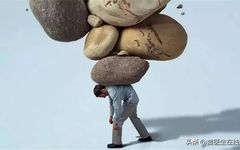● What is Blood Stasis?
Blood stasis is a concept in Traditional Chinese Medicine (TCM), referring to the accumulation of blood within the body. You may wonder, blood should flow continuously within the blood vessels; why does it accumulate? This is a good question.
① TCM theory suggests that the circulation of blood in the body is easily affected by various pathological factors such as Qi deficiency, Qi stagnation, blood cold, and blood heat, leading to obstruction of the meridians, resulting in poor blood circulation and consequently, accumulation.
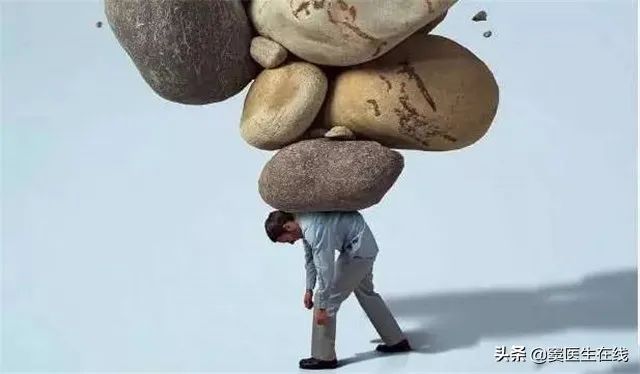
② In addition, another situation that can lead to blood stasis is “blood that leaves the meridians.” Normal blood circulates within the meridians, transporting nutrients throughout the body and removing waste; however, when blood escapes from the meridians, it becomes “waste blood” and cannot perform its intended functions, hence termed “blood that leaves the meridians.” When the body is injured, blood flows out of the vessels, leaving the normal flow pathway, resulting in bleeding. If this blood is not expelled in a timely manner, it will lead to blood stasis.
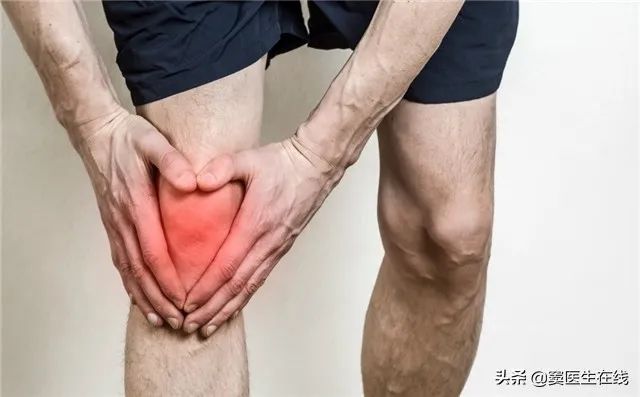
“Oh, I see. What consequences does blood stasis bring?”
● Blood Stasis is the “Root of All Illnesses”
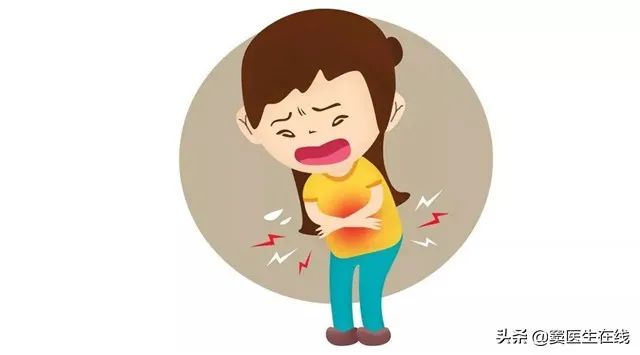
① Pain: “Where there is flow, there is no pain; where there is pain, there is no flow”; when blood is obstructed, the meridians are blocked, leading to inevitable pain. This pain is primarily sharp and often has a specific location, remaining relatively stable, and tends to worsen at night.
② Mass: In TCM, a lump is referred to as “Jia” (瘕); TCM theory posits that long-term accumulation of blood within the body can form lumps, which are often fixed in position.
③ Depression: TCM believes that “the heart is the master of blood” and “the heart governs the circulation and generation of blood.” Poor blood circulation leads to blood stasis, which in turn is caused by heart dysfunction. Individuals with blood stasis often experience low mood and internal depression. Additionally, they may exhibit symptoms such as decreased memory.
④ Other common manifestations of blood stasis: easy formation of spots on the face, red veins on the cheeks; frequent bruising that is difficult to resolve; dark purple lips, and a purple or spotted tongue.
⑤ From a Western medicine perspective: A significant portion of blood stasis is related to “poor blood circulation,” where blood flow in the vessels is obstructed, easily leading to cardiovascular and cerebrovascular diseases.
“Blood stasis is quite frightening; how can I deal with it?”
● To Eliminate Blood Stasis, Remember These 3 Methods
Blood stasis mainly includes Qi stagnation with blood stasis, Qi deficiency with blood stasis, and cold congealing with blood stasis. Additionally, there are blood stasis due to masses and damp-heat. We will focus on the first three more common types of blood stasis and provide different strategies based on the type.
Qi Stagnation with Blood Stasis
Identification:
Qi stagnation leading to blood accumulation is termed Qi stagnation with blood stasis. Qi is invisible and intangible; TCM believes that “Qi” is the driving force that promotes blood flow, distributes nutrients throughout the body, and aids in the digestion of food. If “Qi” is obstructed, blood cannot circulate normally, leading to blood stasis. The main causes of “Qi stagnation” include: ① emotional distress and depression; ② indigestion or overeating, leading to food accumulation; ③ phlegm-damp obstruction, generally caused by a preference for sweet or greasy foods.
Treatment: Hawthorn and Brown Sugar Soup
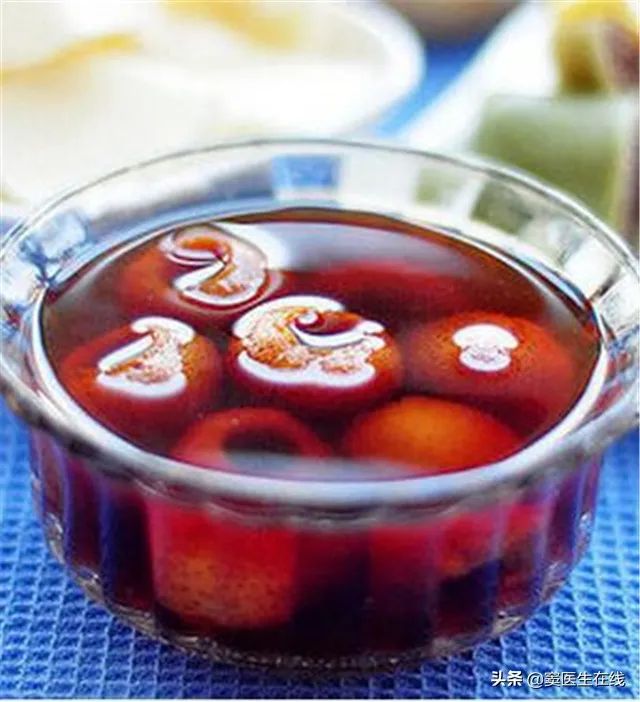
Take 10 hawthorn berries, wash and remove the seeds, then mash them. Place in a pot and boil for about twenty minutes, adding brown sugar to taste. Hawthorn has good effects of “promoting digestion and relieving stagnation” and “promoting Qi and dispersing stasis,” while brown sugar nourishes and invigorates the blood, effectively alleviating blood stasis caused by Qi stagnation. It is a good remedy for local blood stasis and can be used as an adjunct for trauma.
Qi Deficiency with Blood Stasis
Identification:
Qi deficiency with blood stasis is not difficult to understand; insufficient “Qi” leads to inadequate driving force for blood circulation. Qi deficiency with blood stasis is essentially blood stasis caused by “deficiency syndromes,” which can be divided into “Yin deficiency” and “Yang deficiency,” both of which can manifest to varying degrees in the stomach, spleen, and kidney organs. Individuals with Qi deficiency and blood stasis often have a slender physique.
☆ “Yin deficiency” means insufficient “Yin,” while “Yang” is relatively dominant; those with “Yin deficiency” primarily exhibit “heat symptoms,” such as heat in the palms and soles, dry mouth, red tongue with thin white coating, thin and rapid pulse, insomnia with night sweats, and increased libido. It is important to note that while “Yin deficiency” presents as “Yang excess,” it is not due to excess “Yang” but rather insufficient “Yin”; therefore, the treatment for “Yin deficiency” should focus on “nourishing Yin” rather than “draining Yang.”
☆ Similarly, “Yang deficiency” means insufficient “Yang,” making “Yin” relatively dominant; those with “Yang deficiency” primarily exhibit “cold symptoms,” such as aversion to cold, cold limbs, pale complexion, weak and deep pulse, loose stools, and decreased libido. Likewise, while “Yang deficiency” presents as “Yin excess,” it is not due to excess “Yin” but rather insufficient “Yang”; therefore, the treatment for “Yang deficiency” should focus on “tonifying Yang.”
Treatment: Salvia and Astragalus Tea
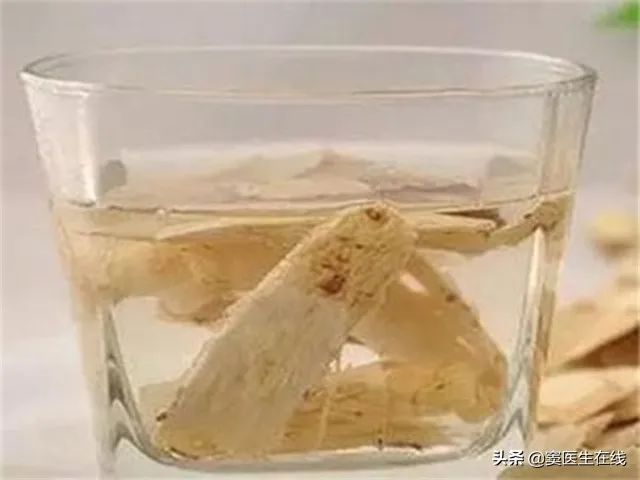
Salvia can both nourish and invigorate the blood, while Astragalus is excellent for tonifying Qi; both are beneficial herbs. Take 10 grams of Salvia and 15 grams of Astragalus, brew as tea, which can achieve the excellent effect of “nourishing both Qi and blood,” making it a good remedy for Qi deficiency type blood stasis, commonly used for chest obstruction (i.e., chest pain) caused by Qi deficiency and blood stasis. Additionally, due to its excellent effects in promoting blood circulation and softening blood vessels, it can effectively lower blood pressure and reduce the risk of cardiovascular and cerebrovascular diseases.
Cold Congealing with Blood Stasis
Identification:
We must have a consensus: our blood tends to flow faster at higher temperatures and slower at lower temperatures. Just like rivers flow continuously in spring and summer; in autumn and winter, due to the cold, the water flow slows down and freezes, leading to obstruction. When our blood flow is obstructed due to cold, it will lead to accumulation. “Cold congealing” is similar to “Yang deficiency,” both presenting as “cold symptoms.” The difference is that the former is a real condition, while the latter is a deficiency condition. Here, “cold symptoms” are caused by “excess Yin,” not by insufficient “Yang.” “Deficiency should be supplemented, while excess should be drained.” Those with cold congealing and blood stasis should disperse the cold.
Treatment: Soak feet in hot water, drink hot water, and eat warm foods such as lamb.
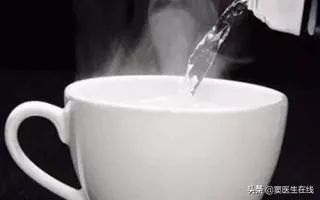
TCM theory states, “Cold should be treated with heat”; to address cold congealing type blood stasis, one should use warming methods to expel the “cold evil” from the body.

